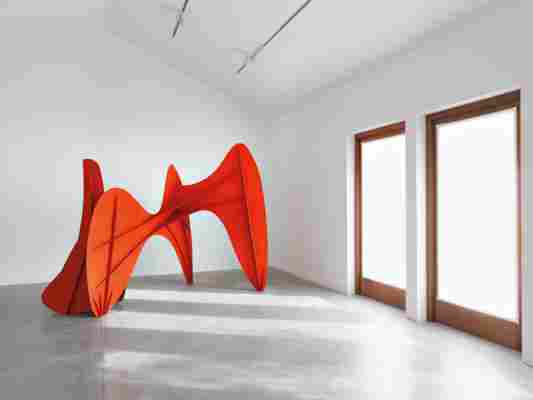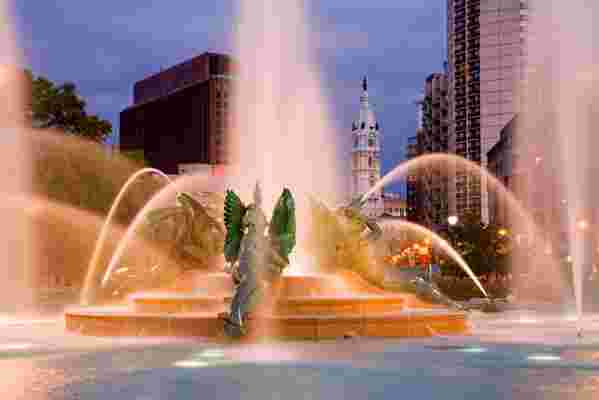Philadelphia will soon be home to a new cultural space dedicated to the life and work of one of its most famous residents, 20th-century sculptor Alexander Calder. The Pritzker Prize–winning firm Herzog & de Meuron has been selected to design the structure, which will break ground in early 2021. “We visited a bunch of architects and talked to them about the program, and Jacques [Herzog] had this spiritual connection to Calder in a way that was surprising and wonderful,” says Alexander SC Rower, president of the Calder Foundation and the artist’s grandson. “He’s such an elevated, extraordinary person in the way he sees things different and the way he thinks it’s so apparent when you meet him.”
Rower is quick to clarify that the yet-to-be-titled nonprofit space will not be a museum but rather what the Calder Foundation and the architects envision as more of a sanctuary, akin to other nonreligious spaces dedicated to a singular artist, such as the Rothko Chapel in Texas. While it’s still unknown what Herzog & de Meuron’s design for the structure will look like, Rower has a clear vision for how he wants it to feel. “It will be on a very human scale, more of an experience of a series of living rooms instead of a large museum gallery,” he says. “I’ve given Jacques the responsibility of creating a new way that the public can engage with art; to figure out how we can get people closer to the way the artist is trying to communicate.”

La Grande Vitesse (1969), by Alexander Calder.
The structure will not be a museum, yet there will be works on view from the Calder Foundation’s collection that will be rotated in, including the artist’s mobiles, stabiles, sculptures, and paintings, as well as works by his mother and father, who also lived in Philadelphia and made art. Though the renderings will not be ready until this summer, the building is expected to have an outdoor space with a garden where visitors will be encouraged to sit in the sun, maybe read a book and stay for a while next to a Calder sculpture. “It’s not just a place to come and be in attendance with the art,” says Rower.

Philadelphia’s Swann Memorial Fountain by Alexander Calder’s father, with a sculpture of William Penn atop City Hall by his grandfather, in the background.
When it opens, the cultural space will be the fourth institution in a cluster of art spaces along Philadelphia’s Benjamin Franklin Parkway, joining the Barnes Foundation, the Rodin Museum, and the Philadelphia Museum of Art. The chosen location for the structure is of particular significance, as it will be a stone’s throw from two other works by Calder’s father and grandfather—the Swann memorial fountain in Logan Circle, and the sculpture of William Penn atop City Hall, respectively. As for what Rower guesses his own grandfather would think of the space? “He would be super thrilled that anybody was taking notice that his work communicates more in a sanctuary environment,” says Rower. Aside from the monumental sculptures, all of the 22,000 works Calder made in his lifetime were intended to be shown in people’s homes, he explains. “When you have the amazing luxury to live with a work for an extended amount of time, it becomes like a family member, and we’re trying as best we can to reference that.”
